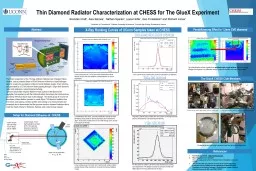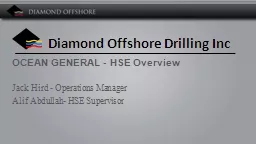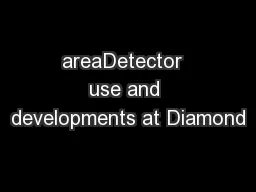PPT-Status of RF at Diamond Light Source and overview of upgrade plans
Author : kylie | Published Date : 2024-01-29
Chris Christou on behalf of the RF group Contents of presentation Statistics and reliability Cavity failure and repair Cavity reliability IOT update Plans for hybrid
Presentation Embed Code
Download Presentation
Download Presentation The PPT/PDF document "Status of RF at Diamond Light Source and..." is the property of its rightful owner. Permission is granted to download and print the materials on this website for personal, non-commercial use only, and to display it on your personal computer provided you do not modify the materials and that you retain all copyright notices contained in the materials. By downloading content from our website, you accept the terms of this agreement.
Status of RF at Diamond Light Source and overview of upgrade plans: Transcript
Download Rules Of Document
"Status of RF at Diamond Light Source and overview of upgrade plans"The content belongs to its owner. You may download and print it for personal use, without modification, and keep all copyright notices. By downloading, you agree to these terms.
Related Documents














